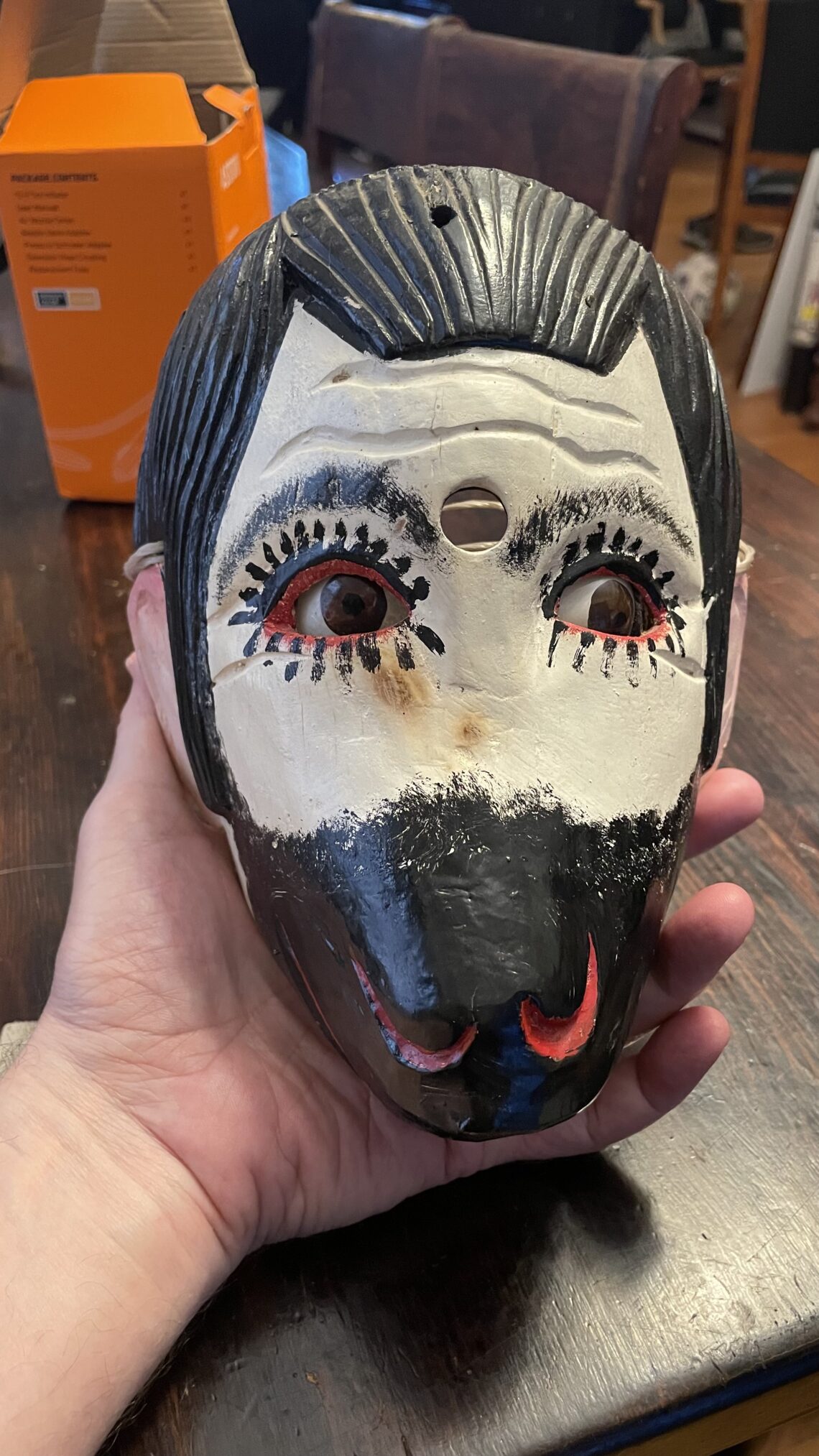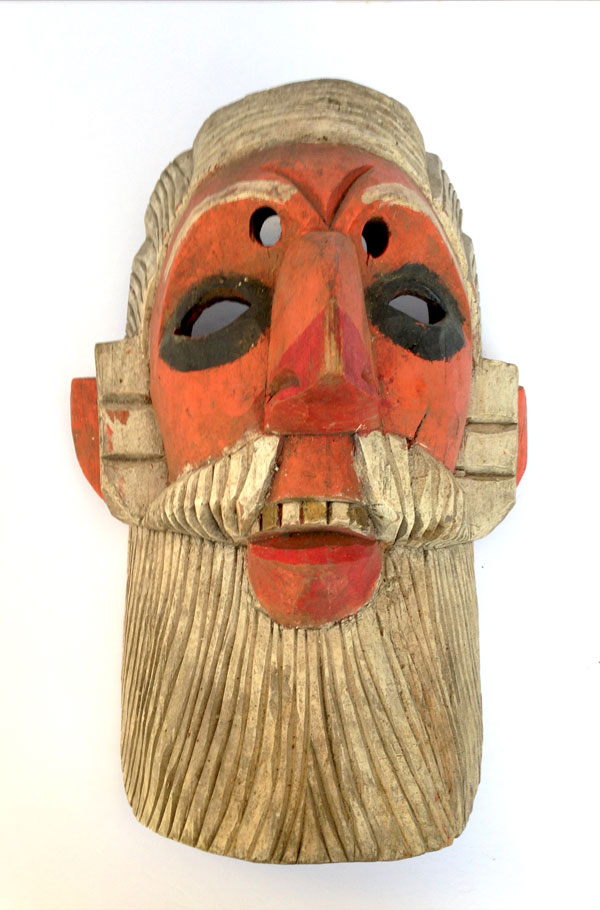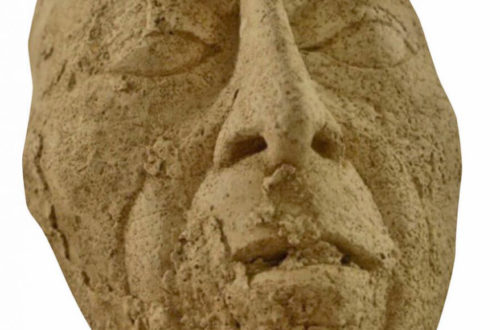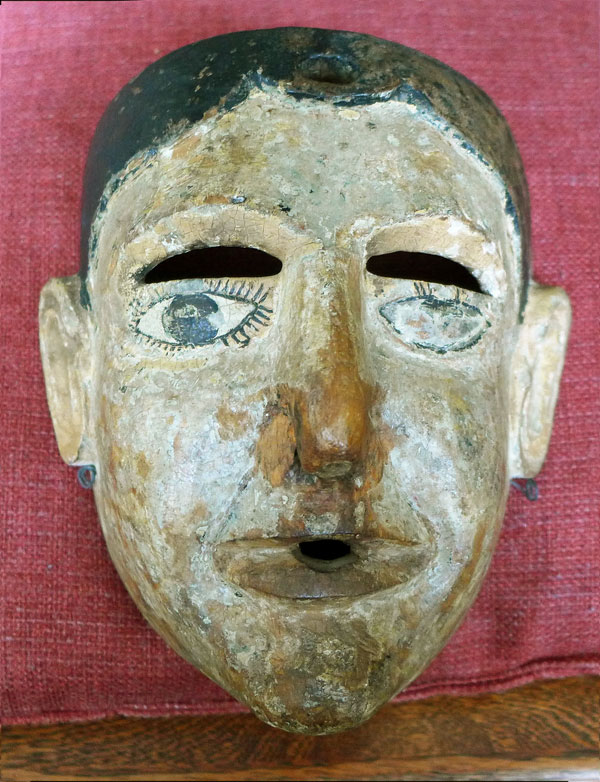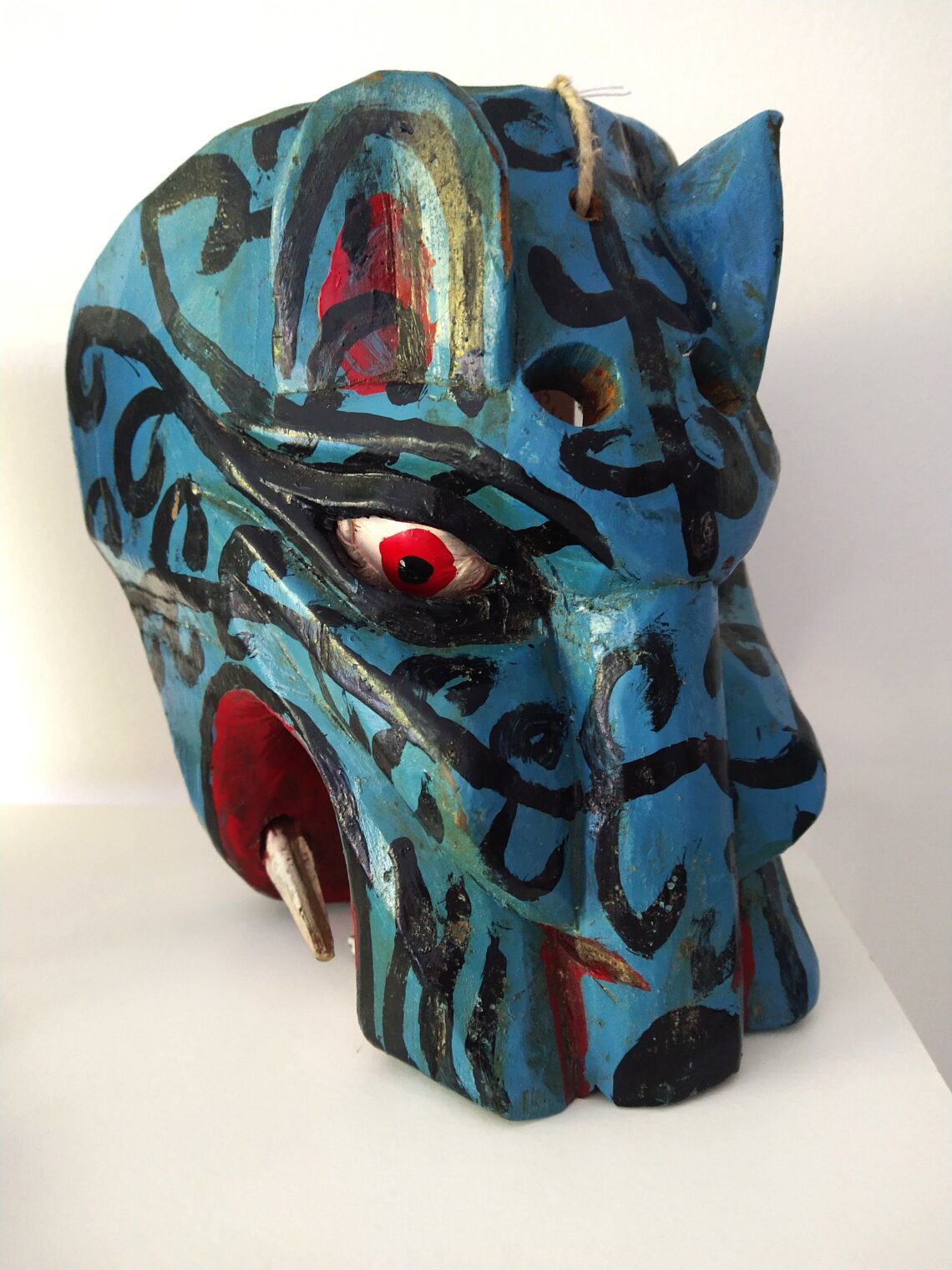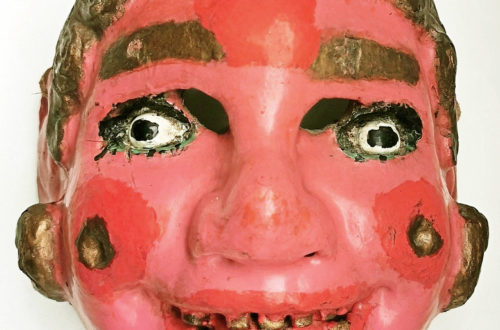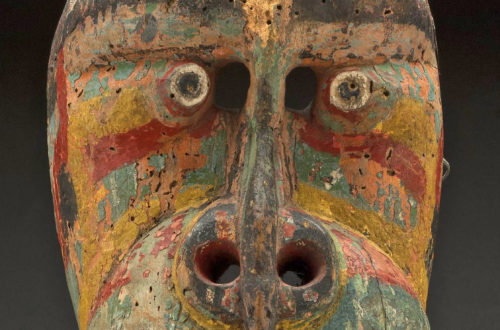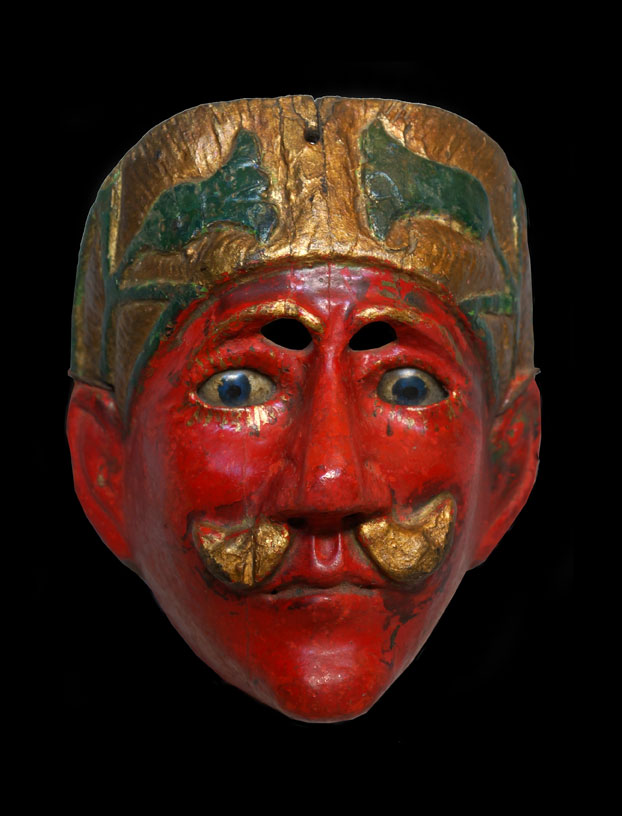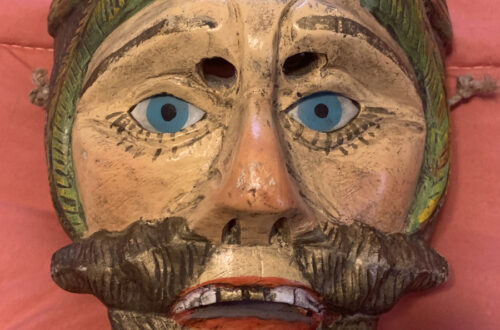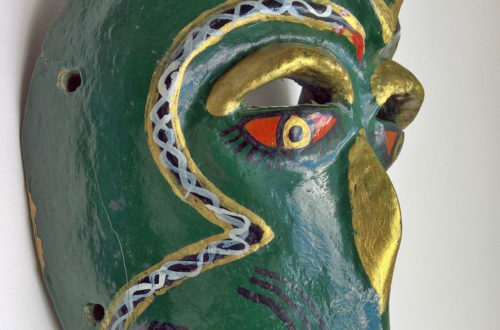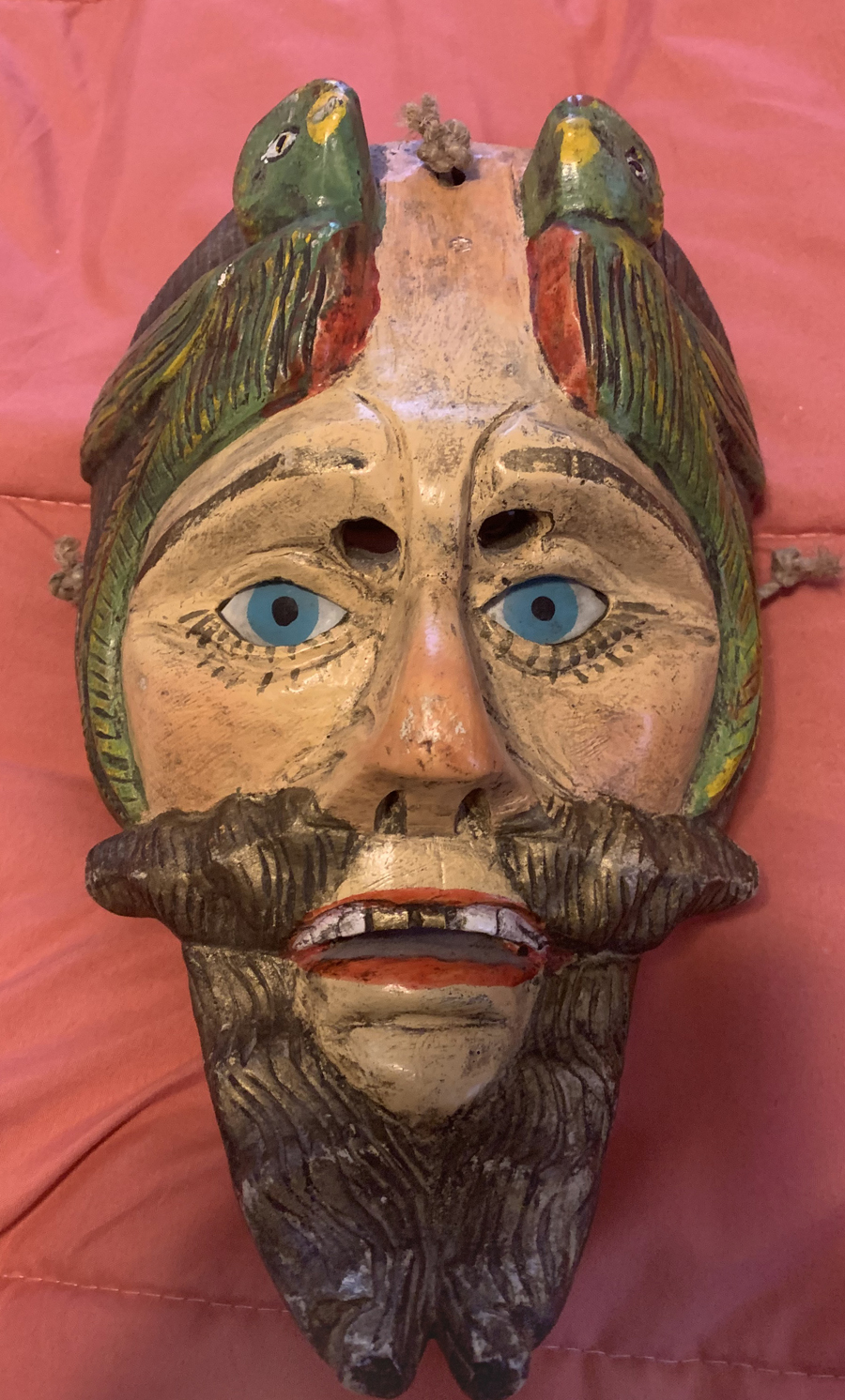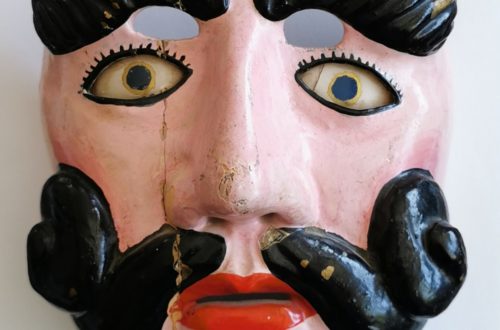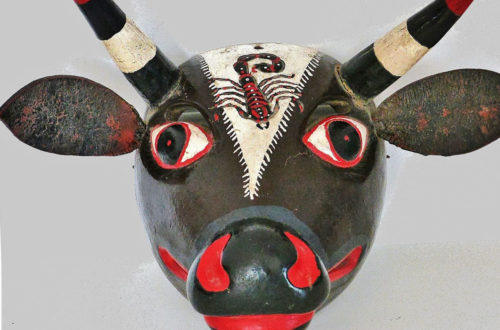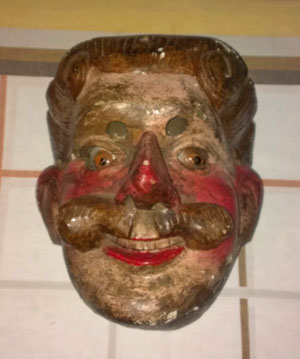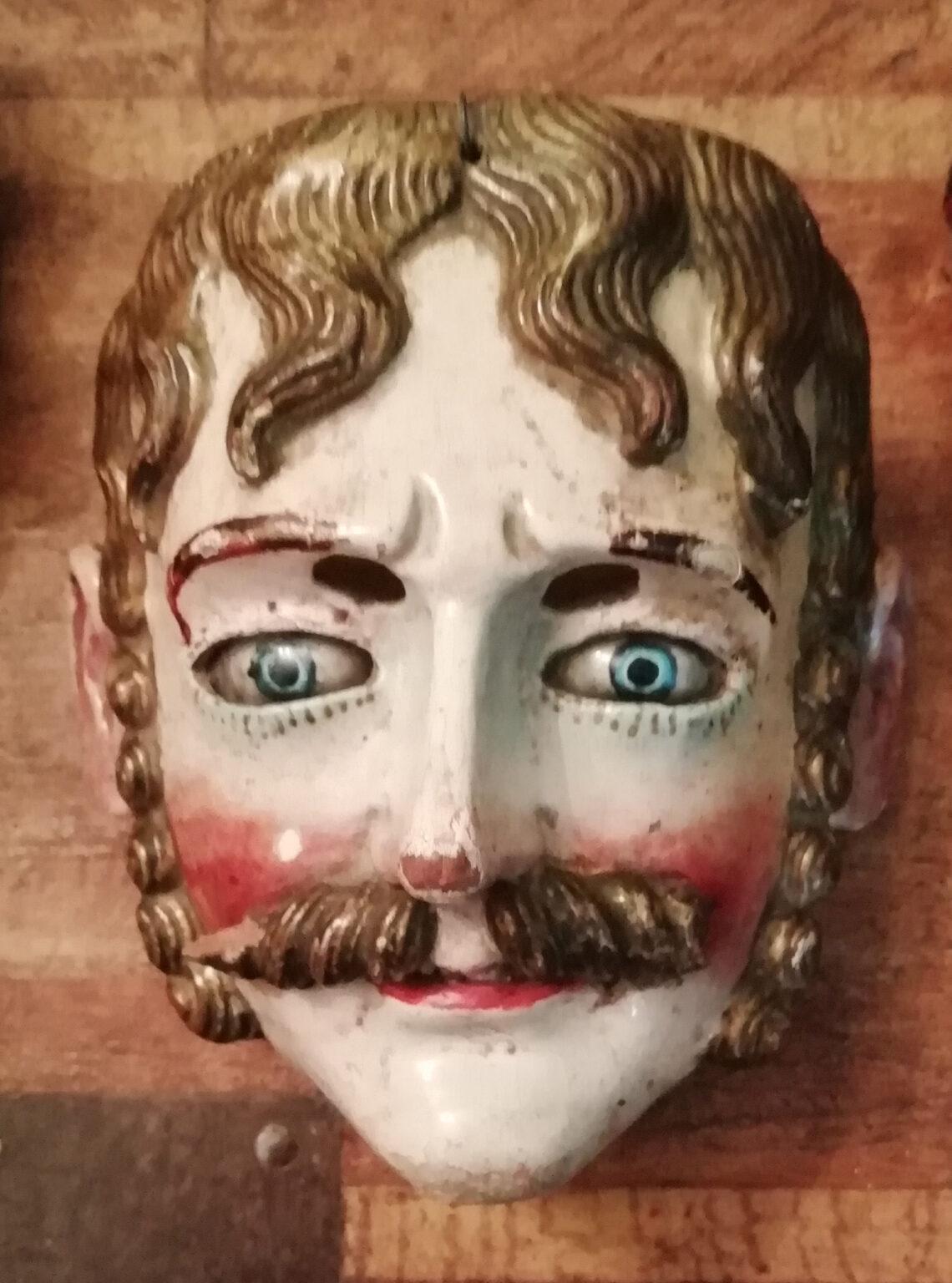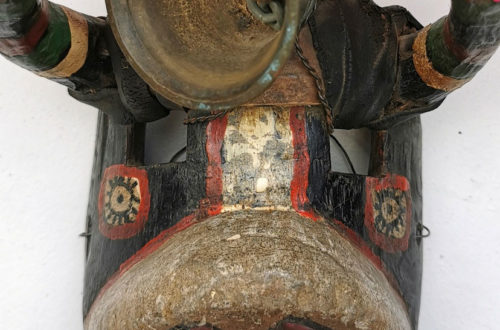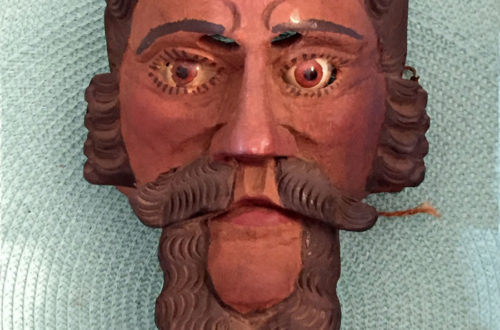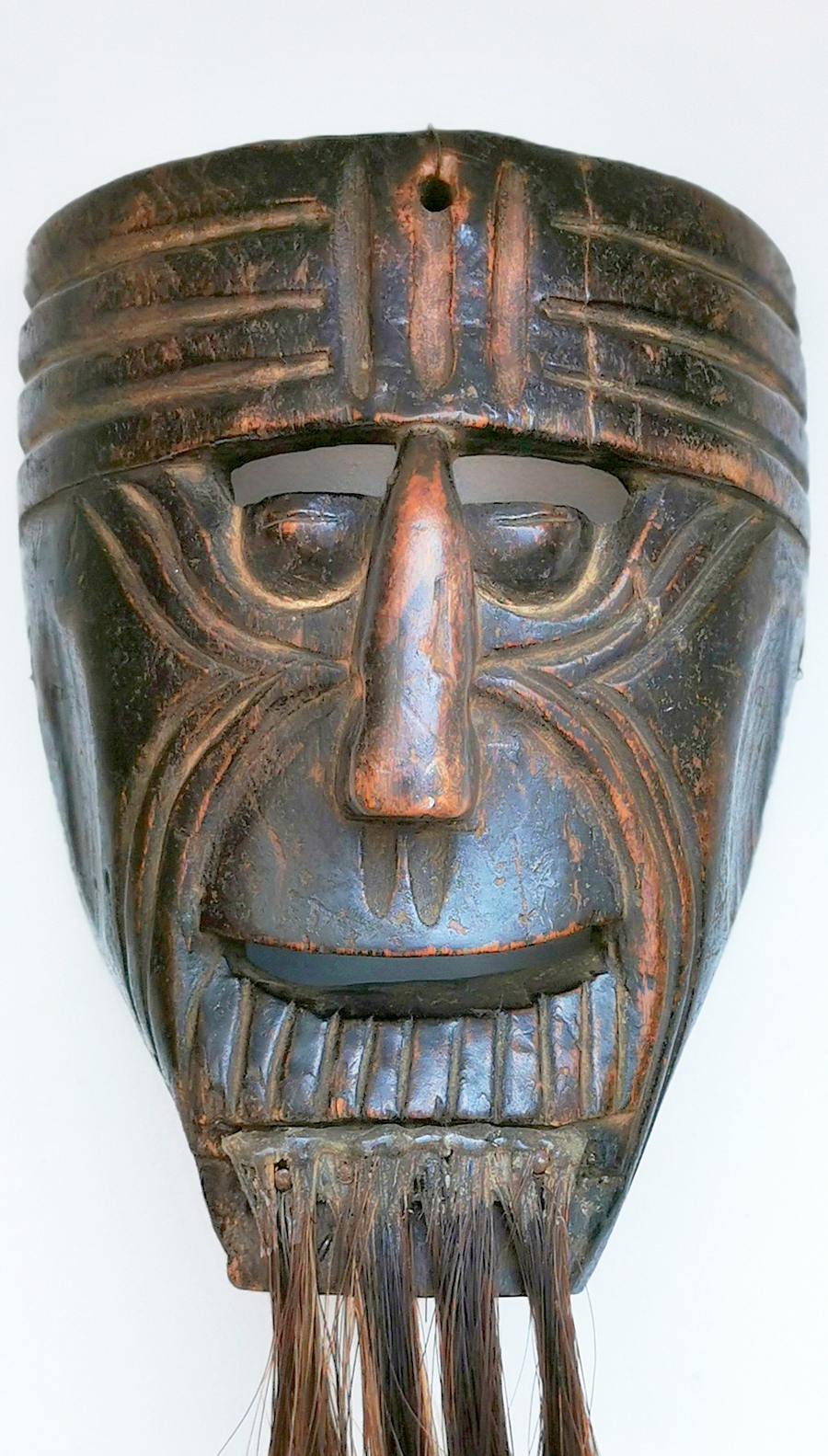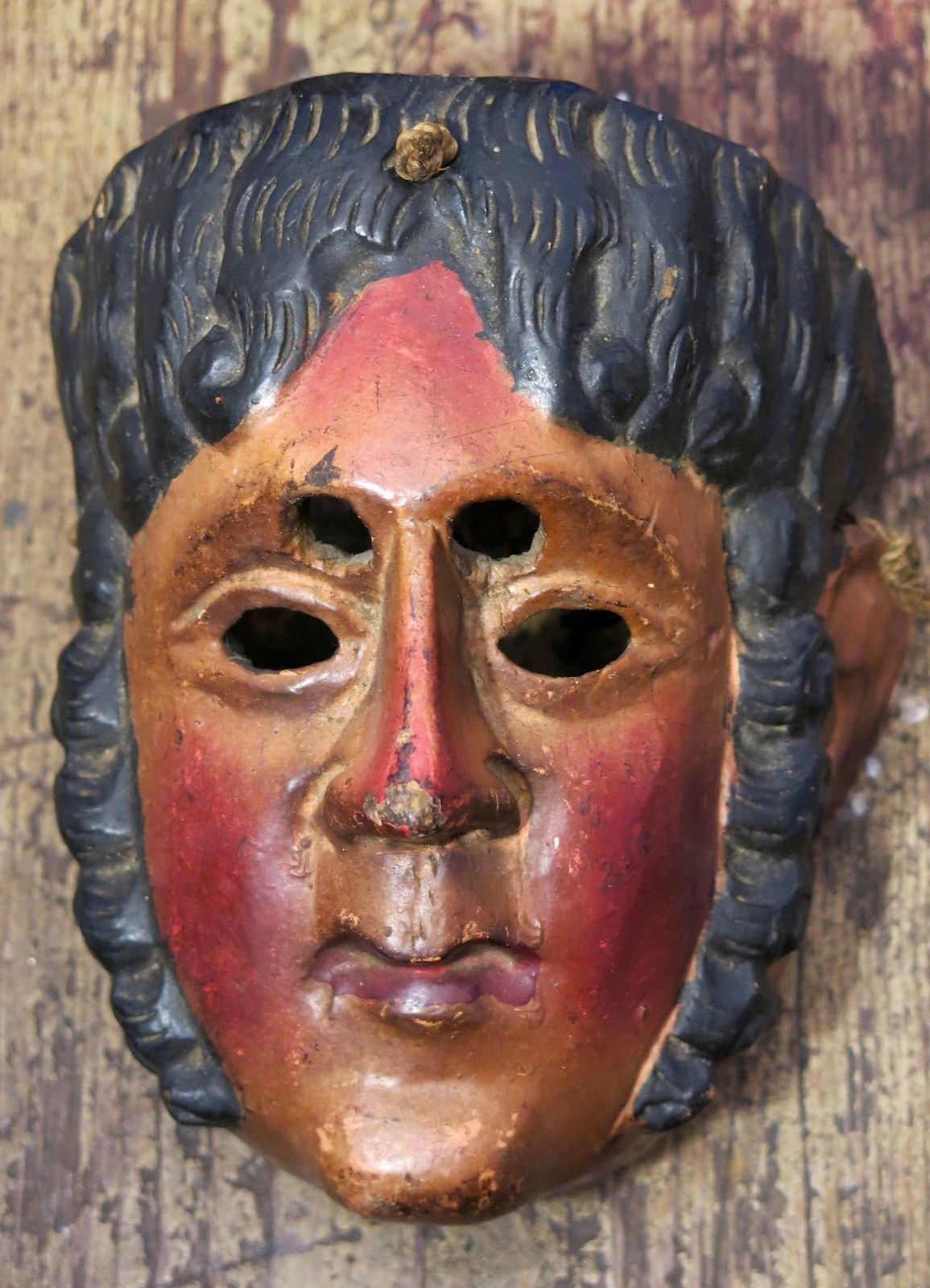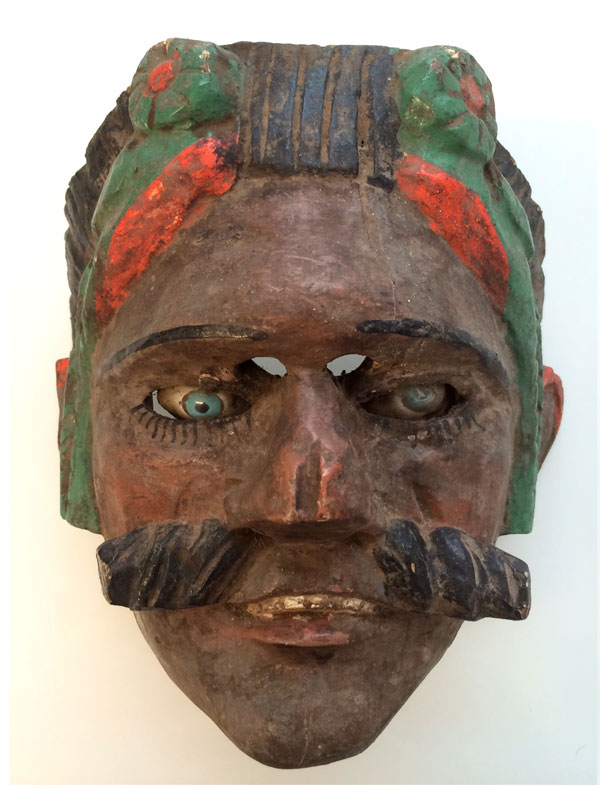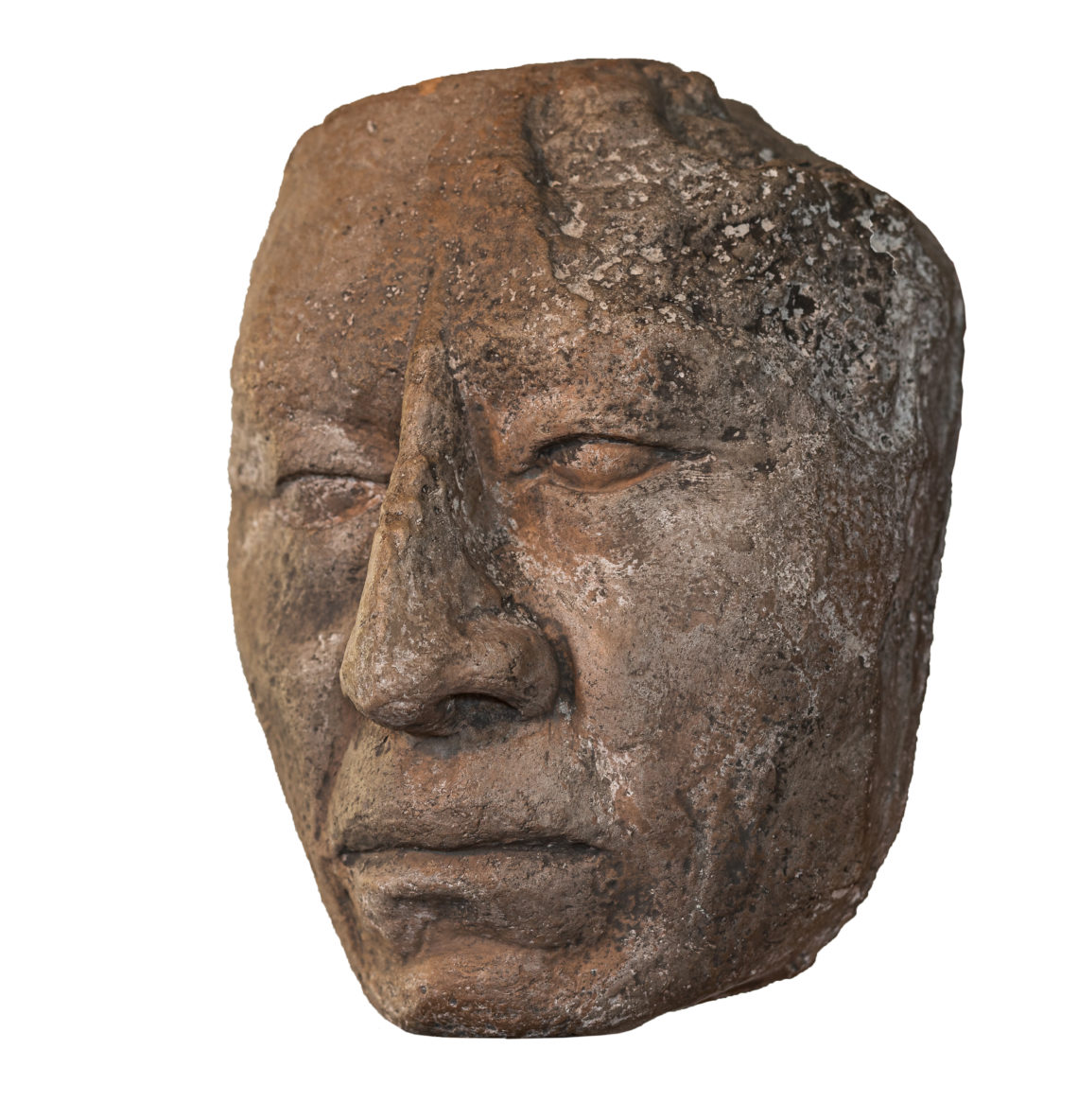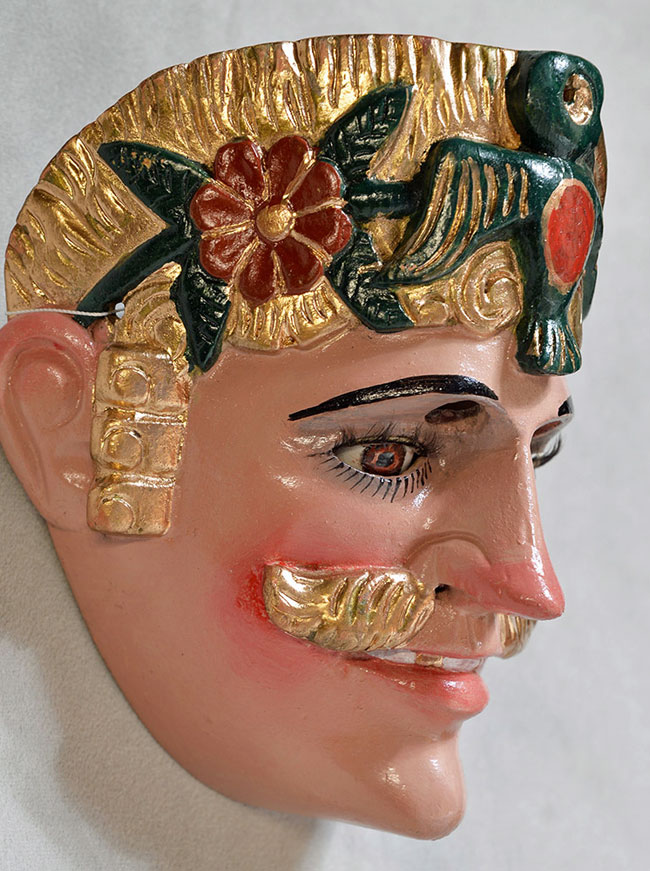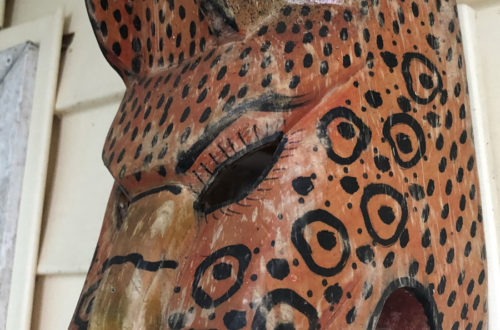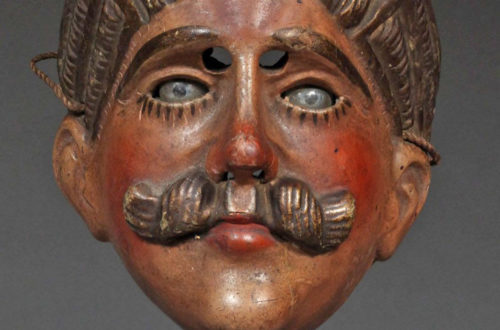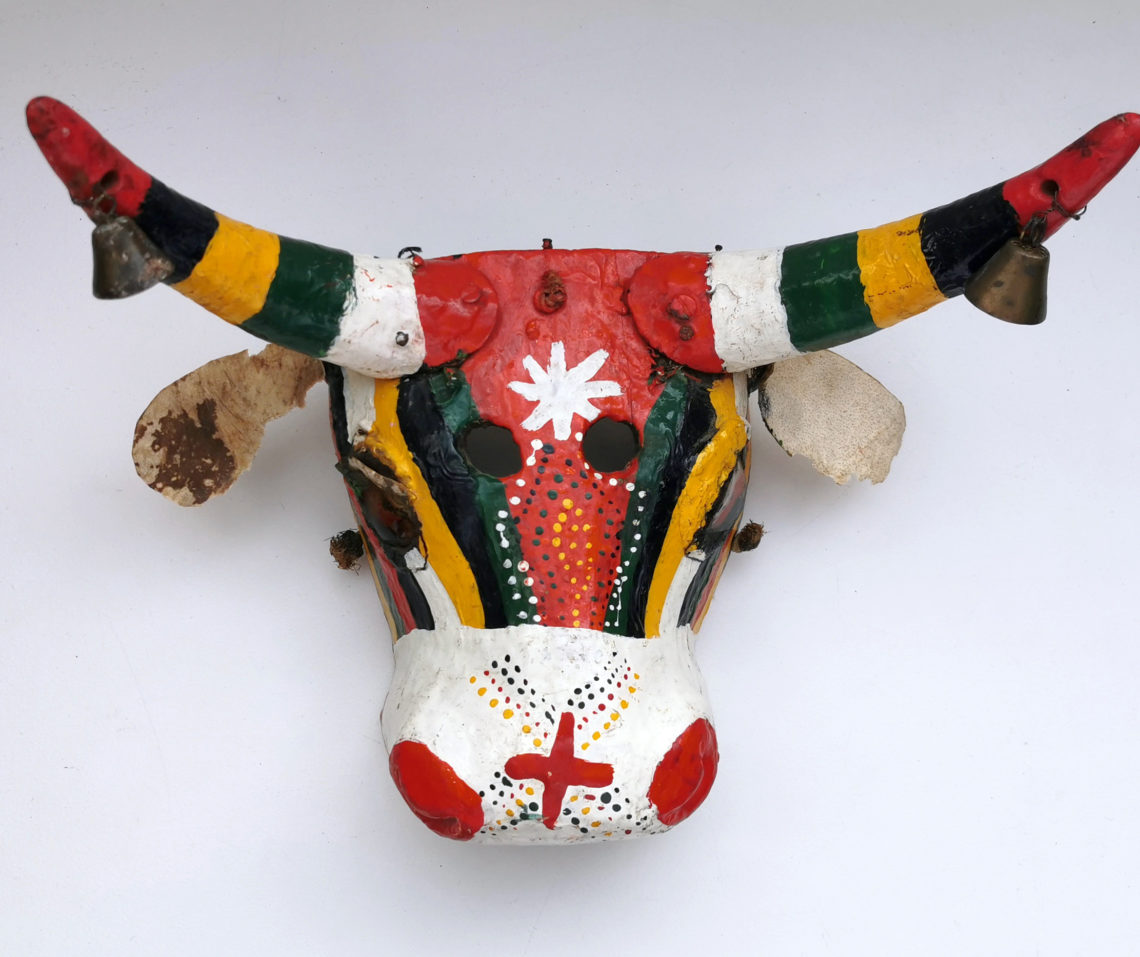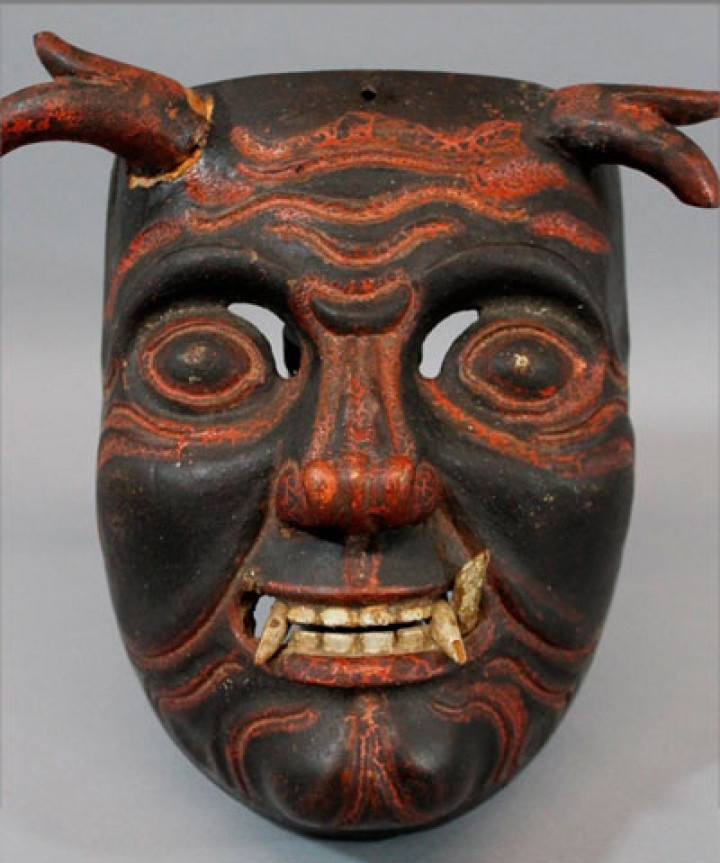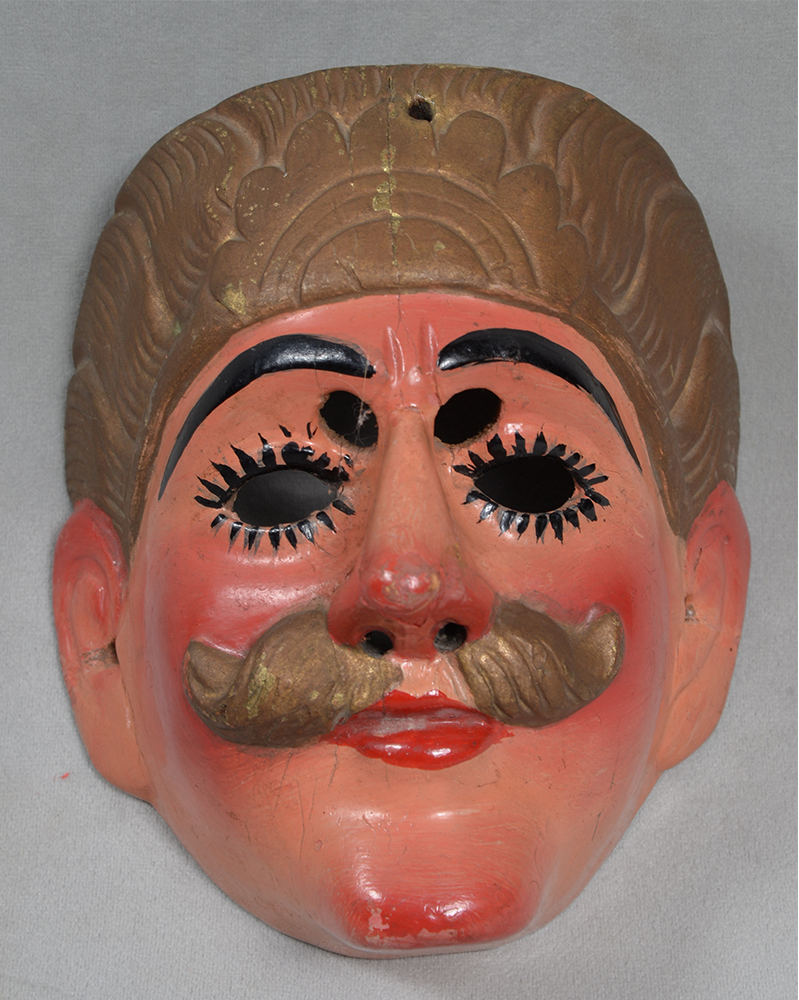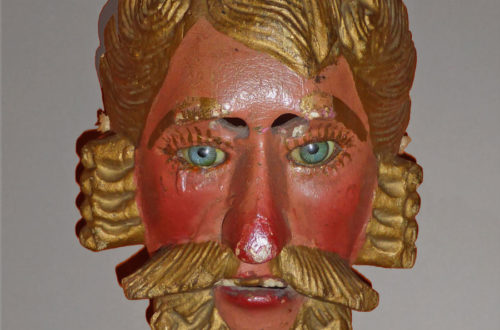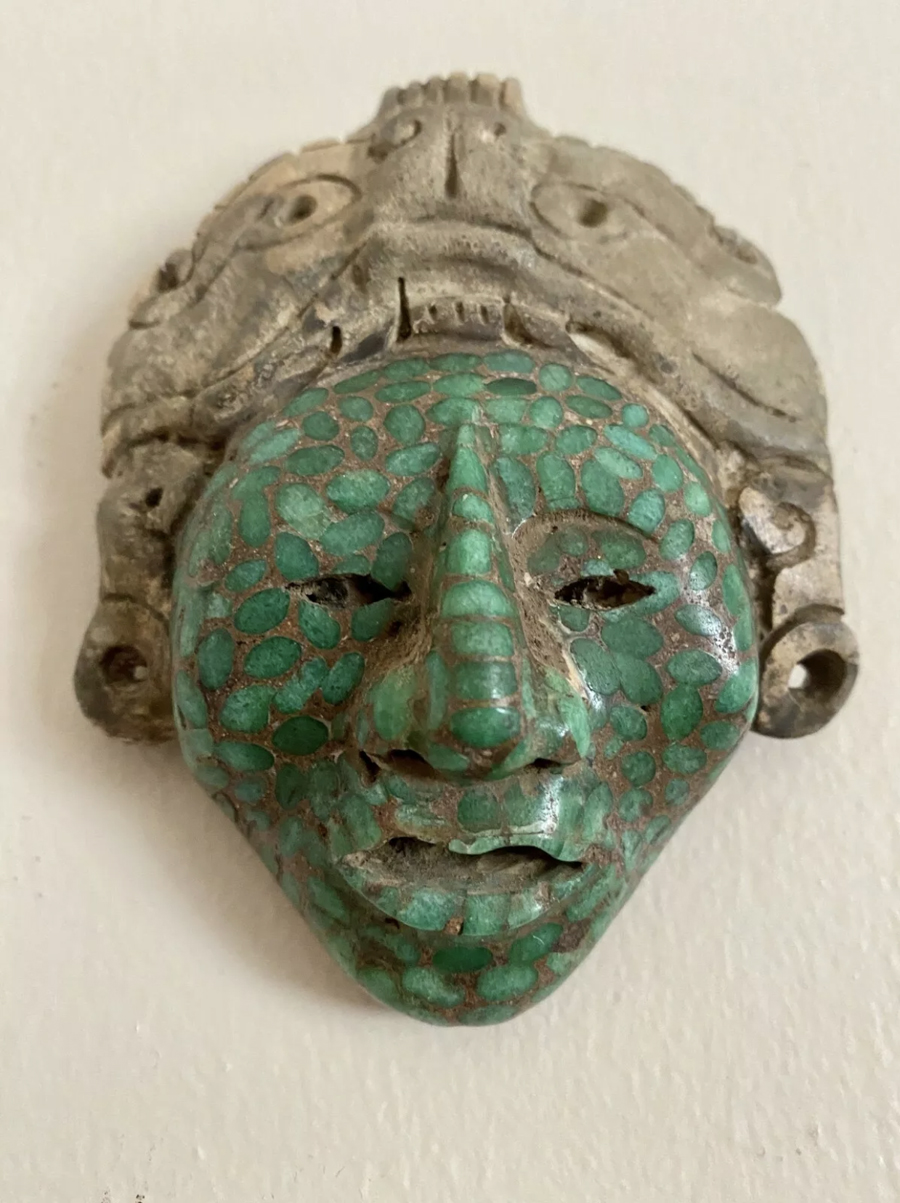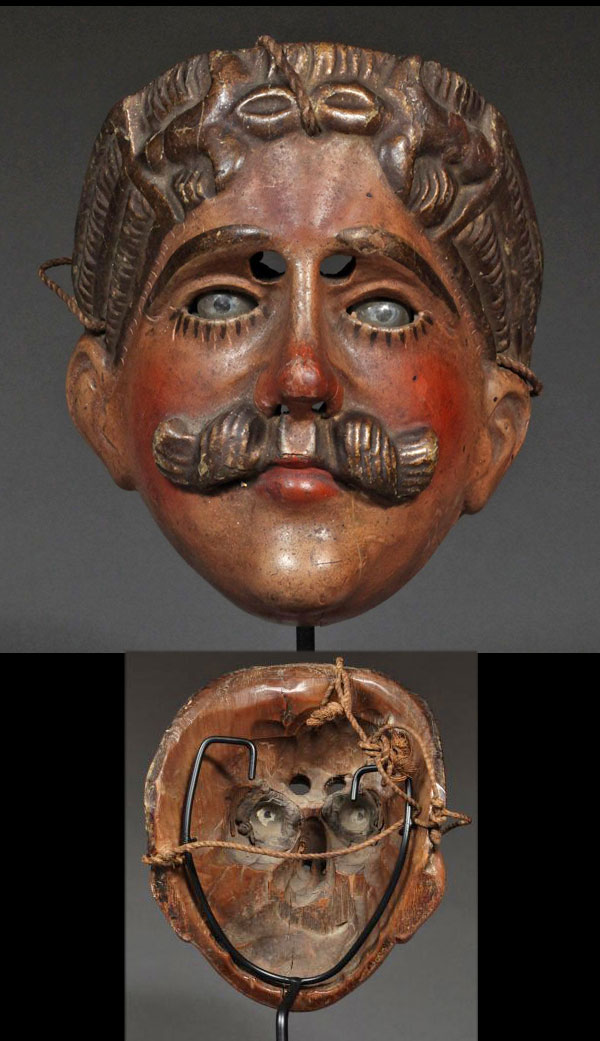In the vibrant heart of Central America lies a world rich in culture, history, and artistry. Today, we are thrilled to share a fascinating story from one of our users, who has graciously provided photos and the captivating tale of how his parents acquired a remarkable mask during their travels in Guatemala in the 1990s. This piece, with its intricate craftsmanship and deep cultural significance, is more than just an artifact; it’s a window into the past and a testament to the enduring beauty of Guatemalan artistry. Join us as we delve into the fascinating narrative behind this remarkable mask, exploring its origins, the meticulous craftsmanship of Guatemalan artisans, and…
-
-
The Aberdeenshire Find: A Guatemalan Gem in the UK!
In Aberdeenshire, UK, Gerard’s father made an unexpected discovery during a routine visit to a local charity shop. Amidst the typical assortment of items, a distinctively carved mask caught his attention. This wasn’t just any decorative piece; it was a vibrant mask with the detailed features of a jaguar. Such a mask, rich in detail and craftsmanship, seemed out of context in a British charity shop setting. Upon closer inspection, and with a dash of detective work, it became clear: this was a traditional Guatemalan jaguar mask. Carved from wood and painted in the characteristic colors of the region, this mask was miles (or should we say, continents) away from…
-
The basic Guatemalan mask
Q: Will you share this mask with your viewers? It’s an old Guatemalan mask, probably from late XIXth or early XXth century. This is suggested by the beautiful dark patina on the back with smooth edges, a kind of patina typical of old dense hardwood, here probably cedar. So different from the back of artificially aged recent masks. Another characteristic is the aspect of shelves of the carving of the back, found on very old masks only. It was probably a female character, suggested by the holes for earrings. Nevertheless, the same face could be used as male character, as it has been recently confirmed to me by Don Nery…
-
Tecun Uman mask from Guatemala
Q: I bought this mask about 13 years ago from a small antique store for $120 and realized it was Guatemalan but was confused about parrots and it being the white man and also wondered how old it might be and what it might be worth roughly. It is 10 1/2 ” by 7″ in size. Jenny, 1817 A: This colorful mask was made for The Dance of the Conquest, which has been used in Guatemalan culture to tell the legend of Pedro de Alvarado’s conquest of the indigenous people’s of Guatemala and the defeat of the last Mayan chief, Tecún Umán. In accordance with traditional styling Tecun is depicted…
-
Old cowboy mask from Guatemala
Q: Fredrico sent scans of five different Guatemalan masks. Perhaps he wanted them appraised. If he wishes, we can give him an estimate. 1812 A: Guatemalans all over their little country have practiced masquerade for many hundreds of years… even to this day. Different characters are portrayed in several popular dances. You can tell who they are by skin color, hair color, whether they have hair on their forehead, face, cheeks, chin, etc. They represent men, women, children, rich, poor, bad, good and much more. Guatemalan masks are a favorite with collectors. You can see why on this piece.
-
Rare Guatemalan mask
Q: It is true that the style could be confused with some primitive masks from other parts of the world. Nevertheless, it is Guatemalan, but so different from the usual designs. No big moustache or sideburns… It is a Xacalcoje, from of the dance of the Xacalcojes in Aldea Chuisuc, a small village in the province of Totonicapán (Quiché highlands). It is cedar hardwood with a beautiful patina on the back. Probably early or mid XX century. To be noted, the “muted smile” as also found on the second one presented on the page devoted to them on the site of the late Bryan Stevens: https://mexicandancemasks.com/?p=3898. Not all Xacalcojes have…
-
PreColumbian death mask of Pakal the Great
Q: The test results are ready now. Well, lets both be happy;) Would you like to evaluate now for me, considering it was real? The certificate is added. Robin, 1750 A: News this good only rarely happens at MasksoftheWorld.com. I am so pleased. Viewers can see Robin’s original Q & A dated March 21 of this year by typing in “death mask.” You could also visit sometime Palenque and Mexico City where you will find the burial pyramid and a recreation of the king’s burial chamber at the Museum of Anthropology. Pakal was buried in a colossal sarcophagus in the largest of Palenque’s stepped pyramid structures, the building called Bʼolon…
-
Perfect photos of Guatemalan mask
Q: The “Torito” is a frequent character in Guatemalan traditional dances. This a colorful example from the Quiché-speaking Highlands. This type of bull mask is used during the “Baile Toritos” in Chichicastenango or in several other villages in Quiché province, or the “Baile Vaqueros” in Totonicapán. It is made in cedar hardwood, and dates probably from the mid-XX century. The carving and style differs significantly from toritos made in other Mayan areas, as toritos with scorpions from Rabinal in the Achi-speaking Verapaces (see post of Sept 24, 2018), or the very typical small-size mask with a big bell and ribbons used in the Patzcar dance in the province of Sololá…
-
Authentic Guatemalan mask in excellent condition
Q: Also wanted to show you another Guatemalan mask from the same seller– please let me know your thoughts. Culturally used Vaquero (Cowboy) Mask from Chichicastenango, noted carver Miguel Ignacio Calel– morería initials on the back. 1950s-1960s. Materials: wood; oil-based paint. You can see some splitting and cracks and has been repainted. The Baile del Torito (Dance of the Little Bull) is a dance performed at the Fiesta de Santo Tomás (Festival of St. Thomas), the patron saint of Chichicastenango and recounts a story of conflict between vaqueros (cowboys) and their foremen (capitanos). Andrew, 1743 A: Mask collecting doesn’t get and better than this. Andrew has written exactly what you…
-
Pre-Columbian Indian mask
Q: Does this mask look like a repro or a legitimate Mexican pre-Columbian piece. It is 3” x 5”. Is is jade adhered to pottery on a wooden base. Paula, 1739 A: It’s a beautiful piece that shows you what an Mezcala, Olmec or Mayan masks could look like before the Spanish invaded the new world. Otherwise, I can’t help much because I never got around to learning about early MesoAmerican masks. The big question is whether it is authentic or a recent reproduction. Please don’t sell it until you know for sure. There are labs that can tell you the age of the mask.
